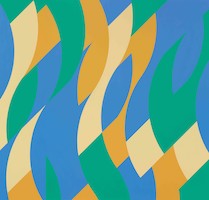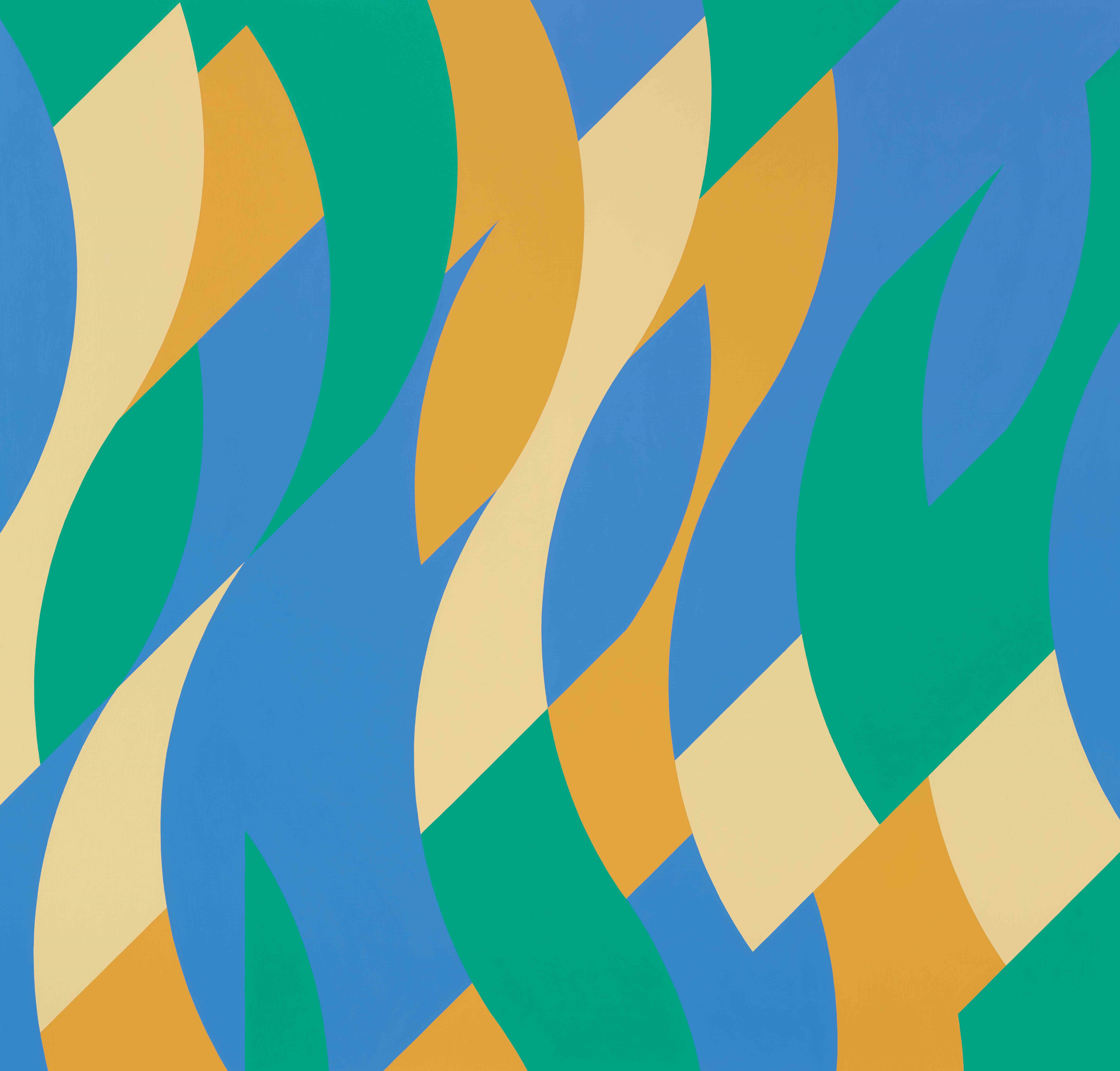
NEW HAVEN, Conn. — The Yale Center for British Art (YCBA) currently presents Bridget Riley: Perceptual Abstraction, an exhibition that continues through July 24. Born in London in 1931, Riley is among the most important and influential painters in Britain and the world. During the course of her seven-decades-long career, she has enjoyed a continuing dialog with museums, galleries, critics and collectors in the United States. This major survey traces Riley’s oeuvre from the 1960s through the present by featuring more than 50 works that were selected by the artist in collaboration with the YCBA.
The exhibition unfolds over two floors of the museum. It opens with Riley’s iconic painting Current (1964) which propelled her into the international spotlight when it was exhibited in The Responsive Eye at The Museum of Modern Art in 1965. It was this eager reception in the US that would set the tone for Riley’s international reputation. A full floor of the exhibition is dedicated to the black and white work of the 1960s, offering an in-depth exploration of Riley’s early perceptual abstraction.
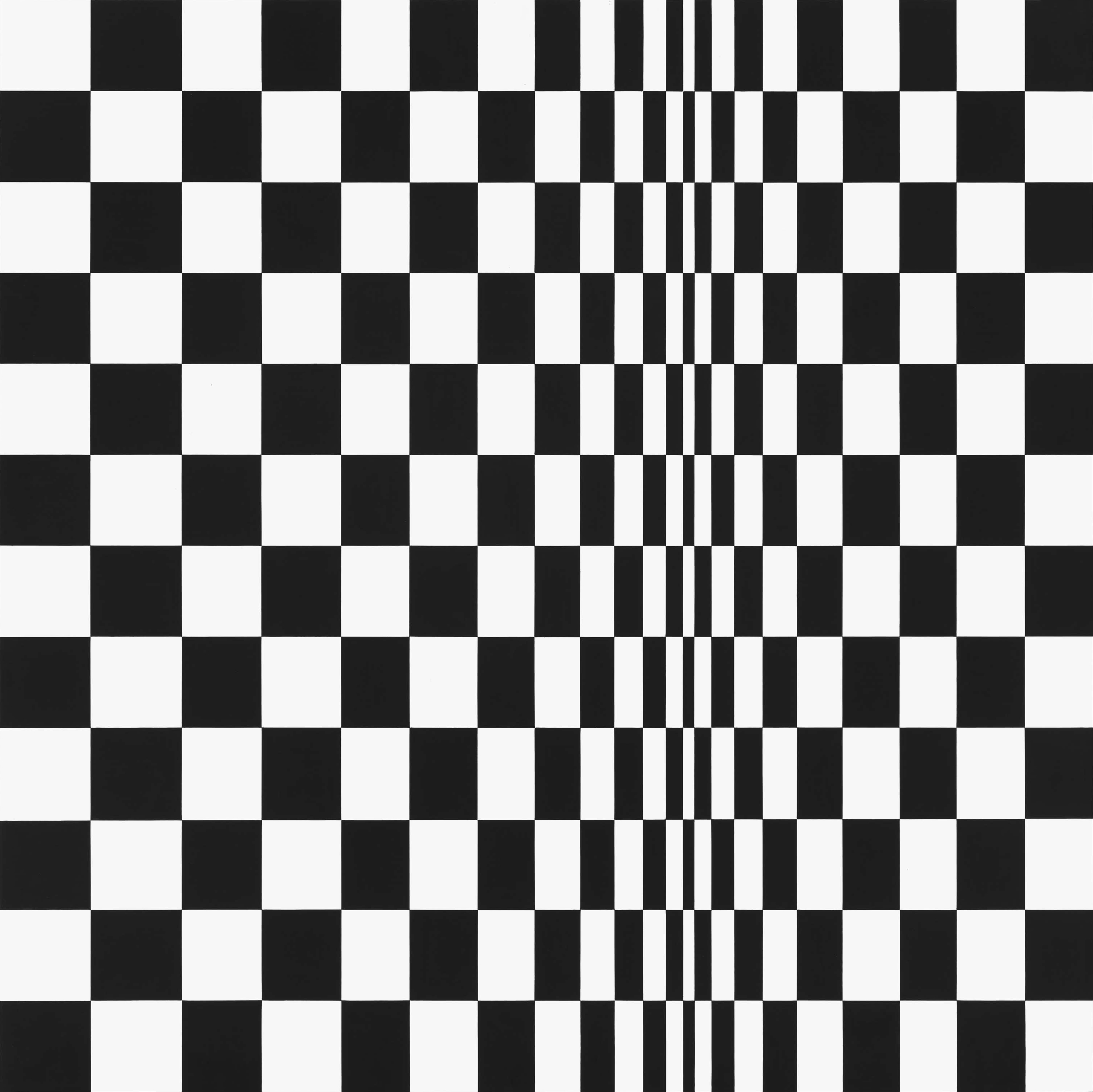
The second part of the exhibition is flooded with color and light. Displayed on an entire floor, it presents Riley’s exploration of color and the shift from tonal modulations into saturated color. Starting with Late Morning, which was exhibited at the Venice Biennale in 1968, the exhibition traces Riley’s first paintings with a limited palette and a dramatically wider landscape format. This presentation of major large-scale works shows how the cycle of repose-disturbance-repose has been overtaken by a logic of sensation, to remain an anchor point throughout her practice.
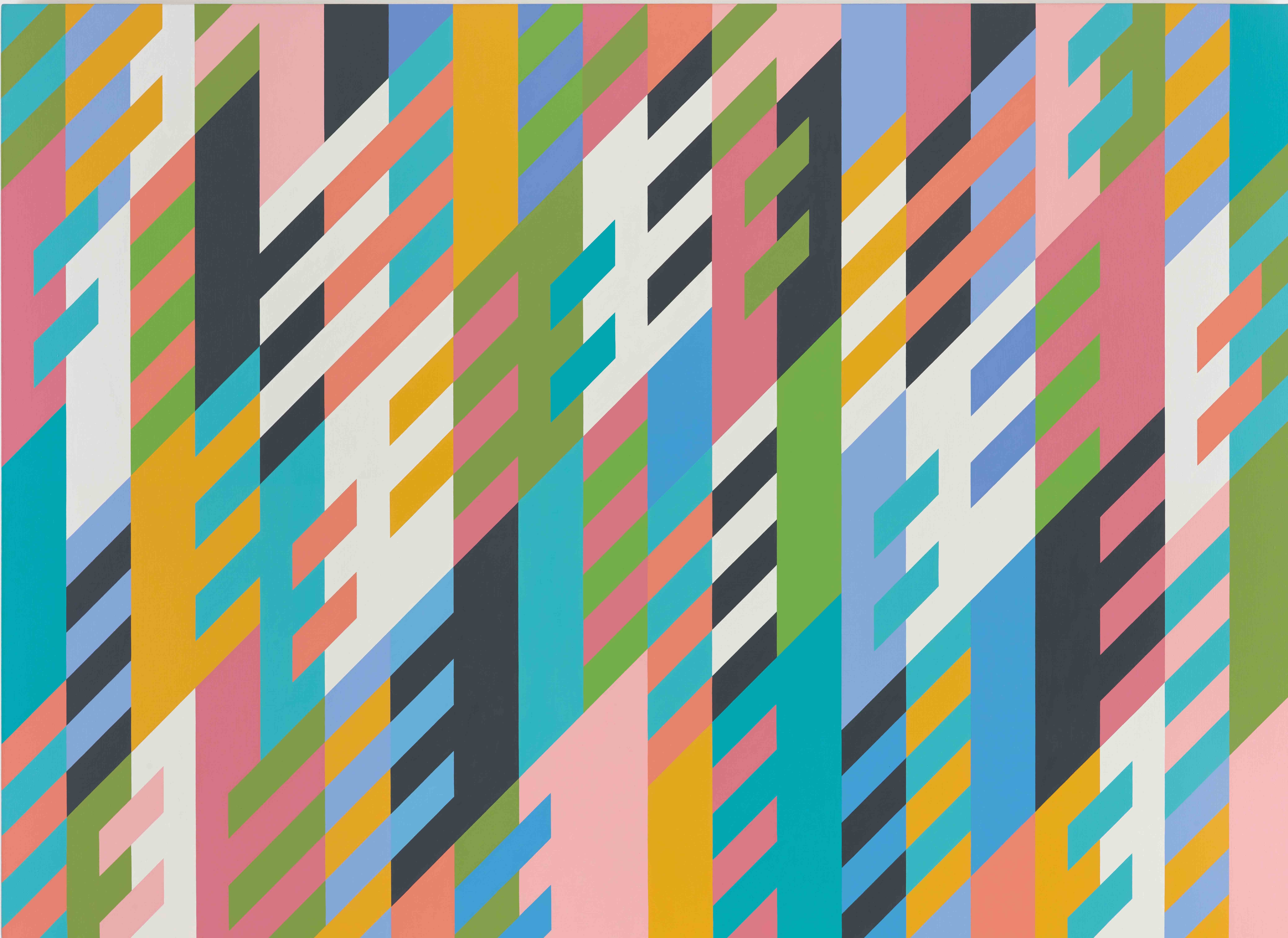
The exhibition also explores Riley’s prints and studies. The seven Fragments (1965) prints on plexiglass show her working with new materials and new imagery. The four prints from the Nineteen Greys (1968) series play color and tone with and against each other through the agency of turning ovals. The gouache studies on paper provide an insight into how Riley works from inception to completion in the studio.
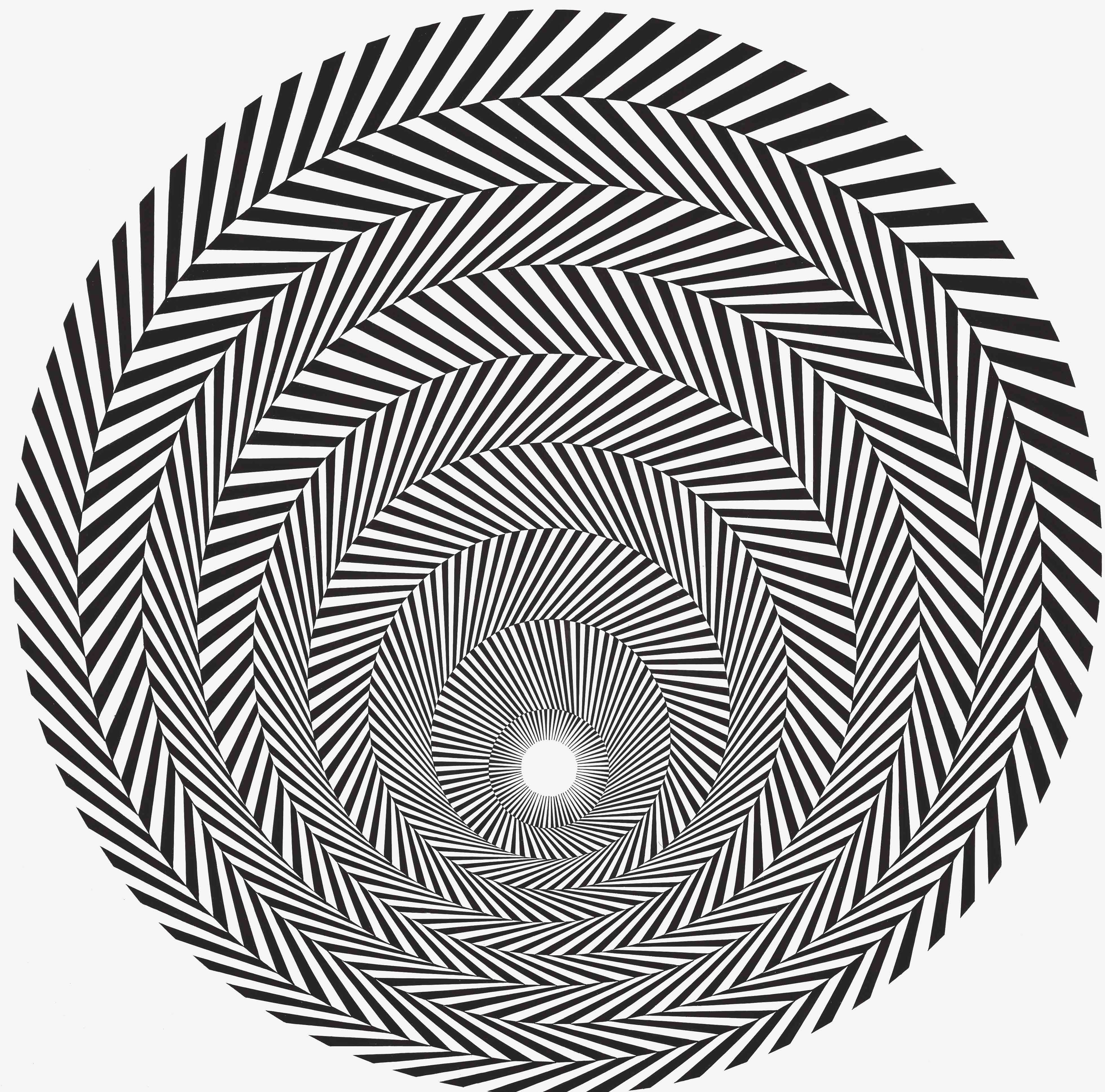
The exhibition was conceived by the artist in collaboration with Courtney J. Martin, Paul Mellon director, Yale Center for British Art, working with Maryam Ohadi-Hamadani, former postdoctoral research associate, with the assistance of Martina Droth, deputy director and chief curator; Charlotte Lefland, senior curatorial assistant, prints and drawings; and Rachel Stratton, postdoctoral research associate.
Visit the website of the Yale Center for British Art (YCBA) and see its dedicated page for Bridget Riley: Perceptual Abstraction.


